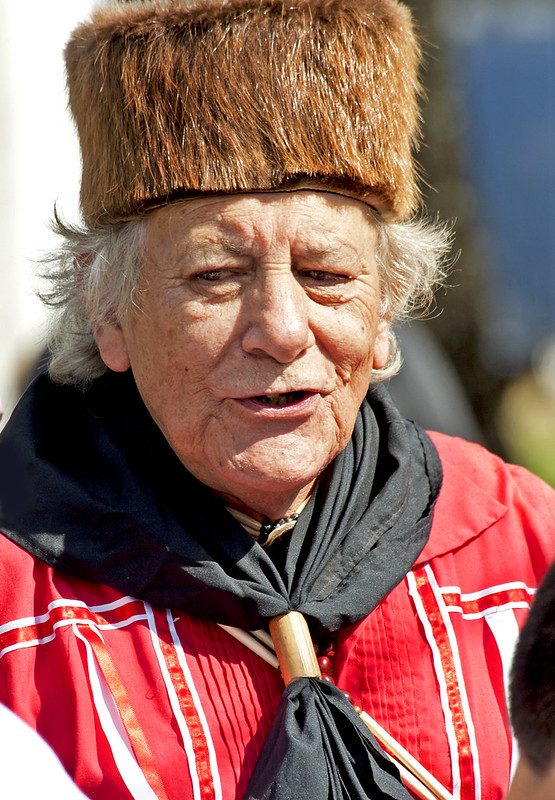
Geography, race and ethnicity play a key role in how long people live. Lack of access to preventive care, multiple chronic conditions and mistrust of the health system are also more prevalent among certain populations, including American Indians/Alaskan Natives. It’s an important health story that may be missed, even by journalists who regularly report on this population.
I recently participated in the webinar, “Health: Equity: Aging and Health Care Disparities in Indigenous Communities” as part of an AHCJ partnership with the Native American Journalists Association (NAJA). It’s not a topic I was too familiar with, so I was grateful for the opportunity to learn more. As this new tip sheet explains, while the American Indian/Alaska Native older population will more than double to 648,000 by 2060, the groups have a lower life expectancy, lower quality of life and are disproportionately affected by many chronic conditions than other racial/ethnic groups, according to the CDC.
Much of this shorter life expectancy has to do with prevalence of multiple chronic conditions like obesity and heart disease and lifestyle concerns like smoking. More than one in three American Indian/Alaskan Native adults 50 and older are obese; two of every three older adults do not engage in monthly physical activity. And these groups are 30% more likely to have high blood pressure compared with other populations and are 20% more likely to smoke — the highest prevalence among all groups.
There are multiple other factors contributing to decreased longevity, including:
- Lack of access to quality care
- Lack of a regular primary care provider
- Mistrust of the health system, especially government-run entities
- Lack of culturally appropriate care
- Shortage of family caregivers who live on or near tribal lands
This new study in The Lancet reveals challenges many American Indian/ Alaska Native elders encounter. Researchers looked at life expectancy among five racial-ethnic groups by U.S. county and found that life expectancy trends differed between 2000 and 2019. While some groups narrowed the life expectancy gap compared with whites, the negative difference for the American Indian/Alaska Native population compared with the white population increased across a wide swath of counties. Usha Lee McFarling of STAT news did a deeper dive into what these results mean.
Some of us may be guilty of grouping the American/Indian/Alaska Native population into one homogenous group, just as we often do with “older adults.” However, each tribal nation is distinct and has unique approaches to addressing health disparities and aging. It’s not always easy to report on since the CDC and other agencies don’t always provide such detailed information. However, it’s crucial for journalists to respect those differences and tease out the nuances as best as they can.
Resources for reporters
- Centers for Medicare & Medicaid Services American Indian/Alaska Native Center
- National Resource Center for American Indian, Alaska Native and Native Hawaiian Elders, University of Alaska-Anchorage
- National Resource Center on Native American Aging
- National Indian Council on Aging
- Center for Rural Health, Univ. of North Dakota School of Medicine & Health Sciences






